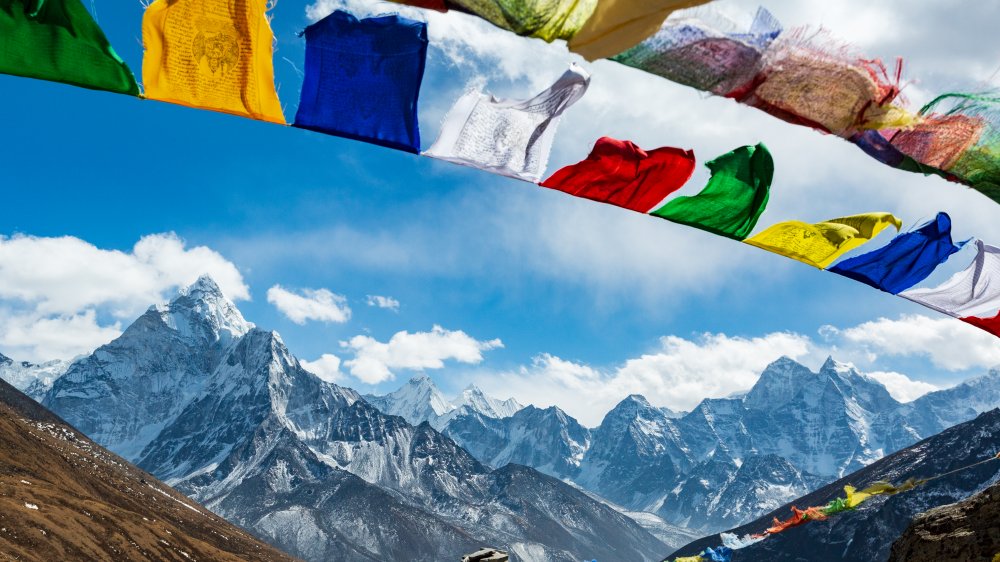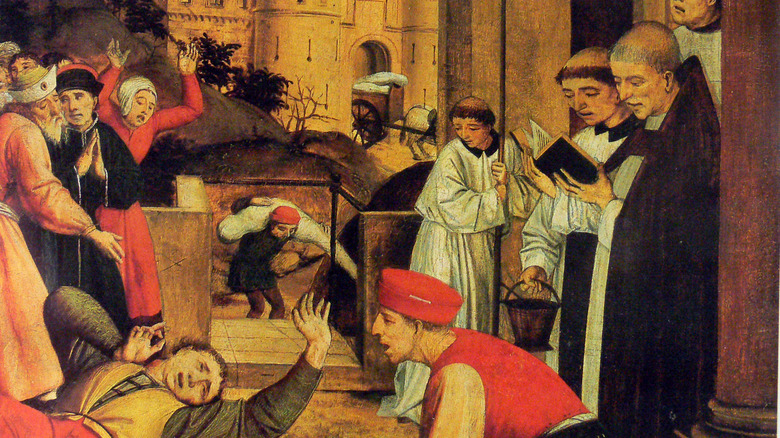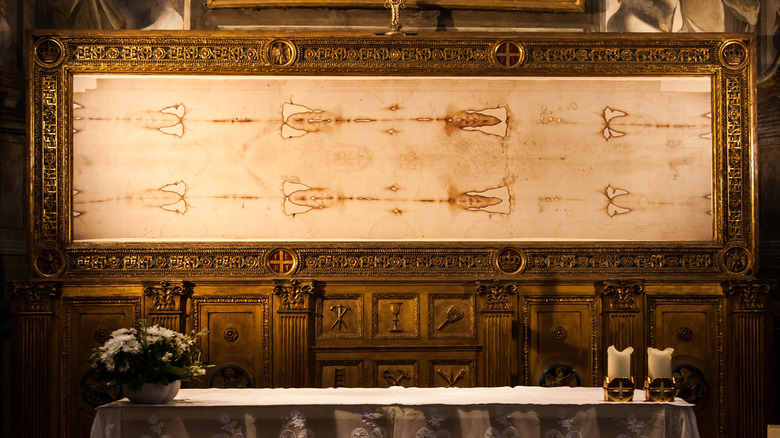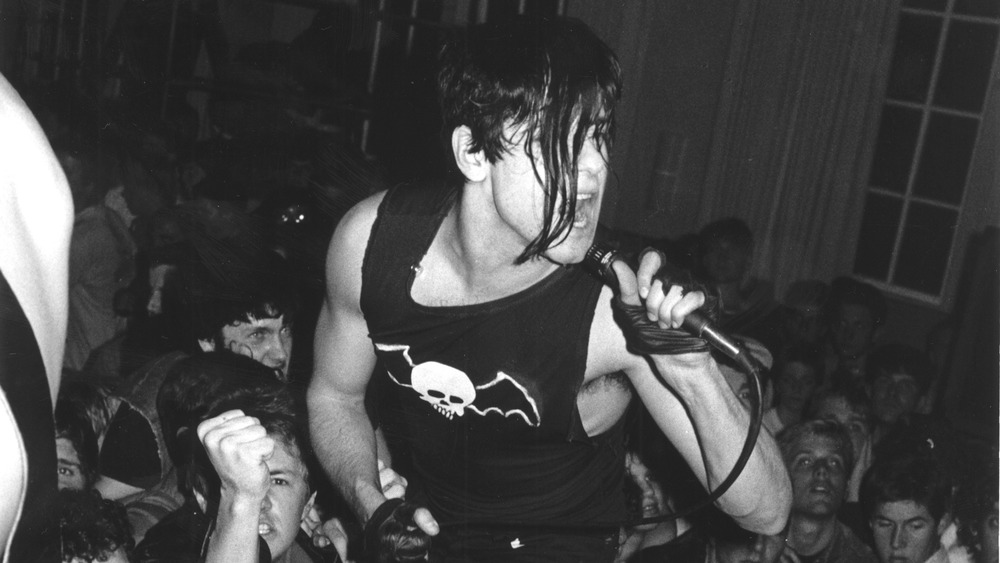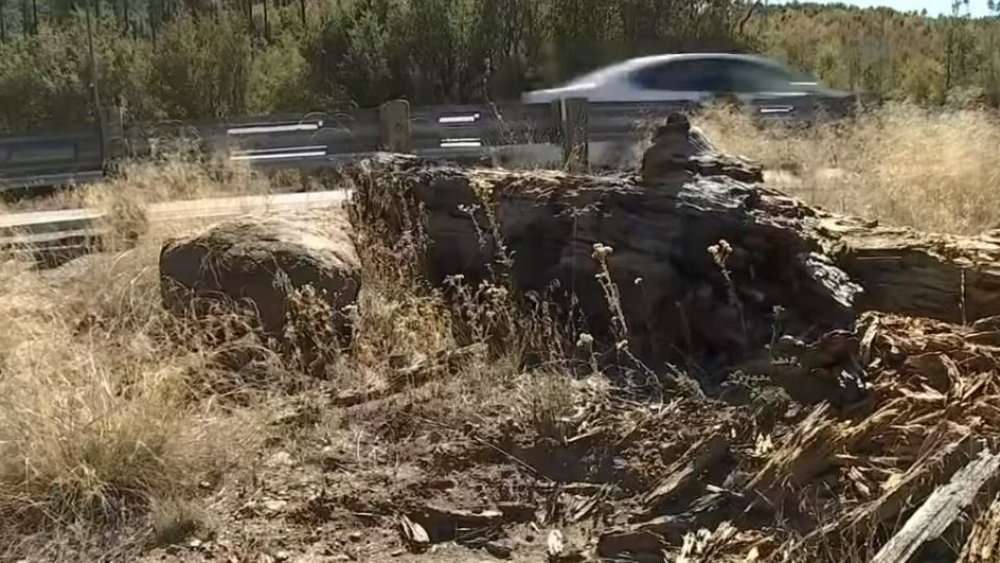
The Tragic Story Of Mt. Everest’s “Green Boots”
Mount Everest is one of the world’s most alluring places. As the highest point on Planet Earth, it’s one of the few destinations people will happily risk their lives to get to. Climbing Mount Everest is an achievement on par with reaching the South Pole or swimming across the Atlantic. It’s physically challenging, potentially deadly, and if you can do it everyone you know will think you’re super cool.
A lot of people die on Mount Everest — more than have ever died trying to swim across the Atlantic or reach the South Pole. Even people who are physically ready for the challenge can meet with an avalanche or a storm or a terrible accident, and we won’t even get into the part where a lot of people who climb the world’s highest peak aren’t even physically ready.
For most of the mountain’s casualties, death isn’t the end of the Mount Everest experience. It’s expensive and dangerous to remove bodies from Everest, especially if they’re above the so-called death zone, where the limited oxygen puts people at risk for deadly altitude sickness. So most of the people who die on Mount Everest stay on Mount Everest forever.
The sad story of Green Boots
Sometimes when the mountain’s victims die in highly visible places they stop being seen as human beings and become gruesome landmarks instead. Such is the case of Green Boots, an officially unidentified climber who has been unofficially identified as Tsewang Paljor. According to the BBC, Paljor was a member of an Indian expedition who died during the Everest blizzard of 1996, the one made infamous by Jon Krakauer in his book Into Thin Air.
Paljor may have been a victim of summit fever — that irrational desire to reach the top even if it means you’ll die trying. When the weather took a turn for the worse, his team leader gave the signal to turn around, but Paljor and his two climbing partners either didn’t see the signal or ignored it. The three men made it to the summit (or nearly, depending on who you ask) but then the blizzard struck and all three of them perished. Paljor took shelter in an enclave at about 27,900 feet, just over 1,000 feet below the summit, where he died.
Most of the climbers who passed Paljor over the years weren’t aware of his identity (some people still doubt it was even Paljor in that enclave), so he became “Green Boots,” named for his neon footwear. Lying on his side with his legs outstretched and his arms wrapped tightly around his torso as if trying to keep warm, Green Boots spent nearly 20 years as a mile marker. Then, in 2014, he abruptly vanished. Consensus seems to be that the Chinese moved him, but no one knows for sure. He probably wasn’t moved far, given how difficult it is to get bodies all the way down the mountain, but at least the resting place he has now comes with a little more dignity.

The Fast And Fabulous Women Behind The Wheel Of NASCAR

“Show Me the Money”: The World’s Richest Sports Club Owners

The Heartbreaking Death Of Scottie Pippen's Oldest Son, Antron

The Real Reason Terrell Owens Went Broke

Cassius Stanley's Net Worth: How Much The NBA Dunk Contest Participant Is Worth

The Bizarre Story Of The Player Who Was Robbed While Playing The Super Bowl

This Was Vince McMahon's Childhood Idol

The Real Reason The Undertaker Retired From Wrestling

How Much Money Dana White Makes Per Year

How Strong Was Bruce Lee?
